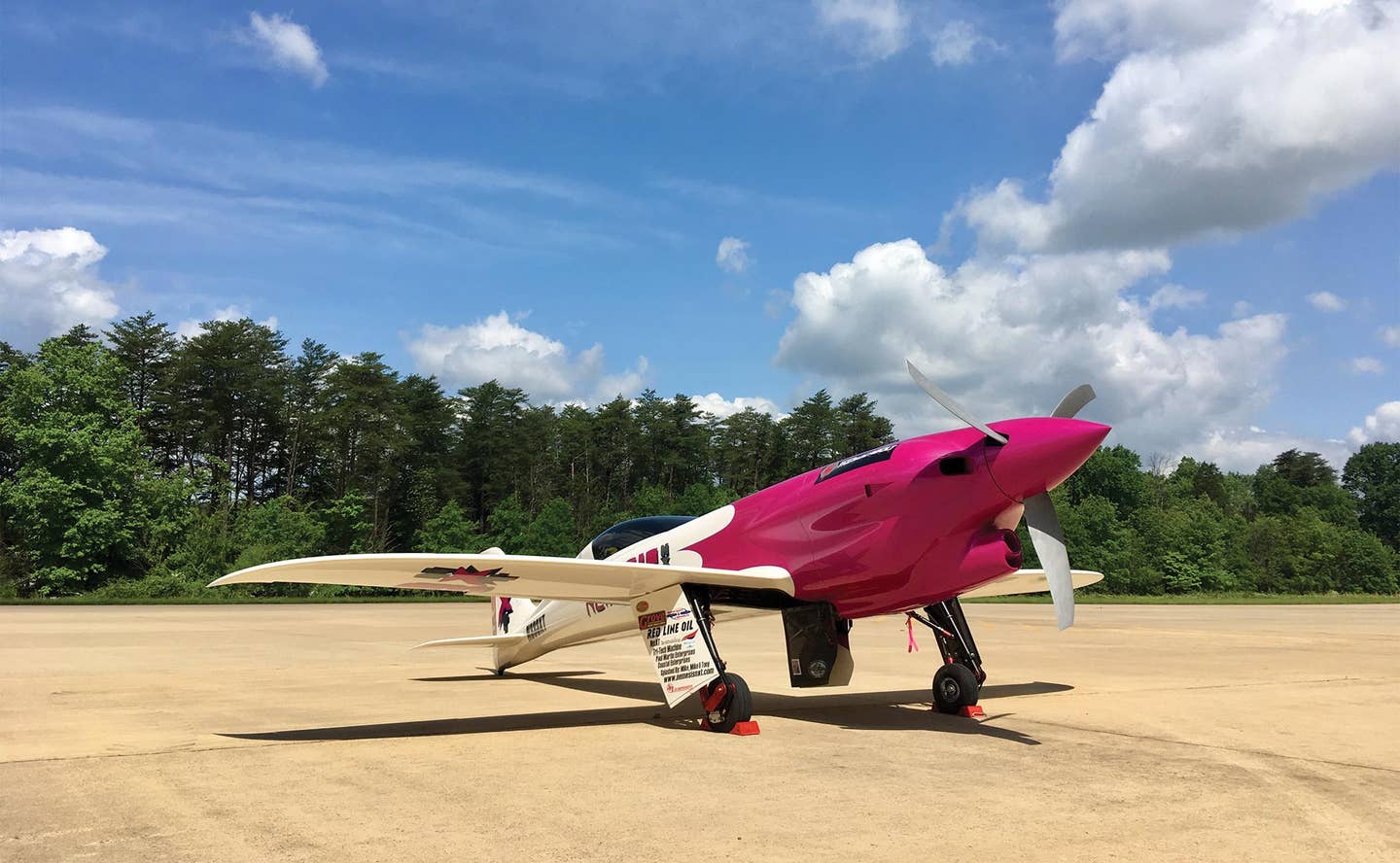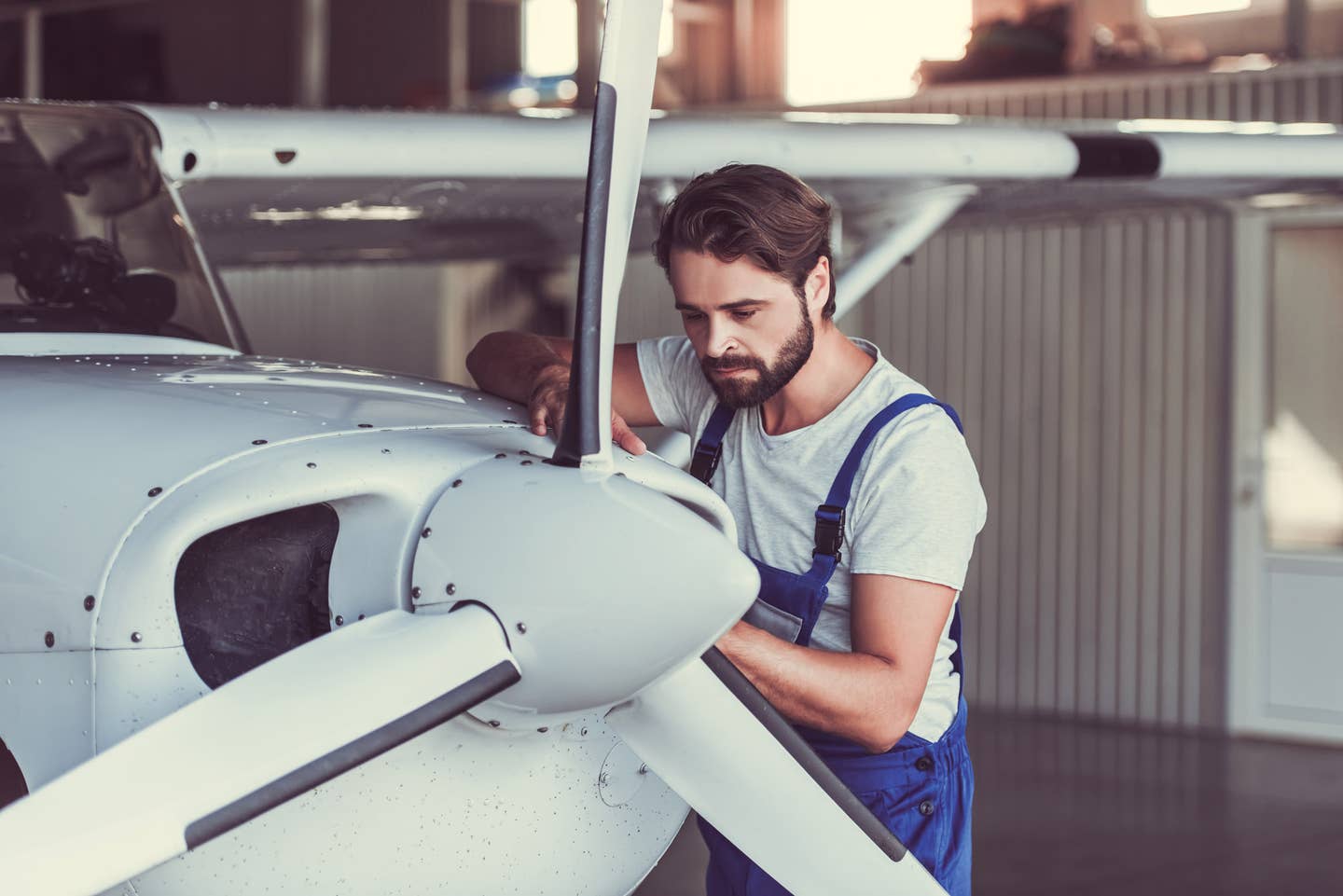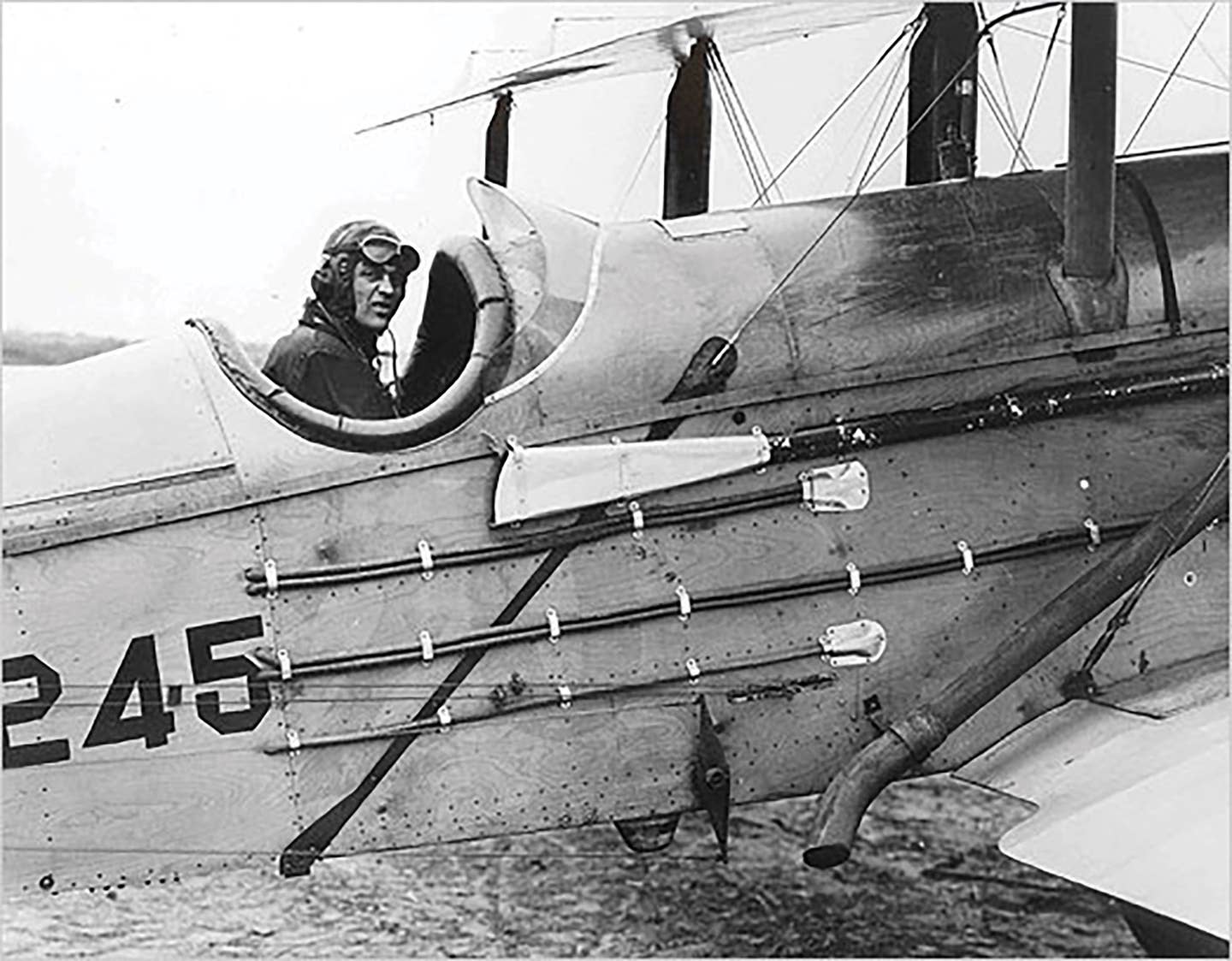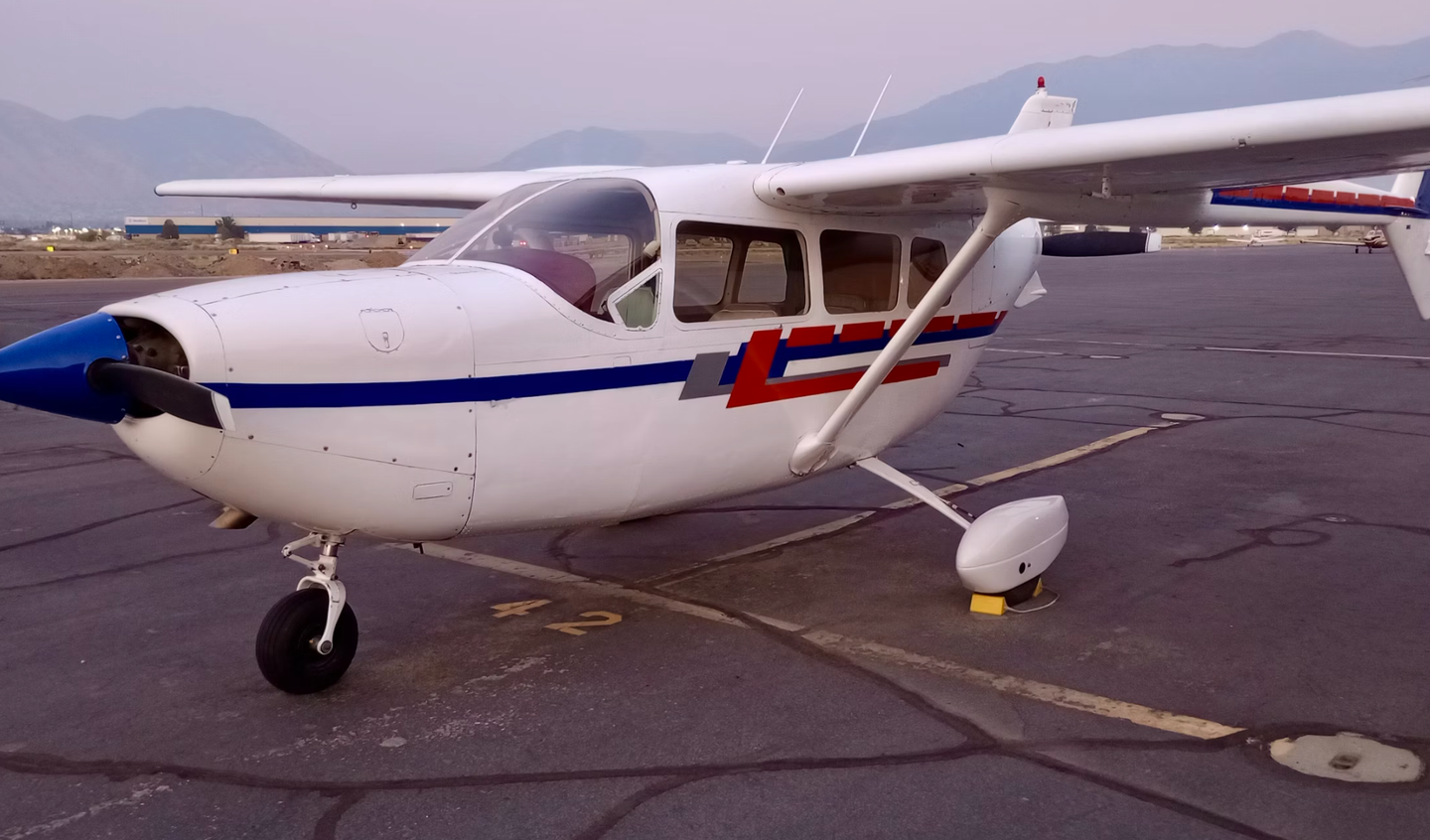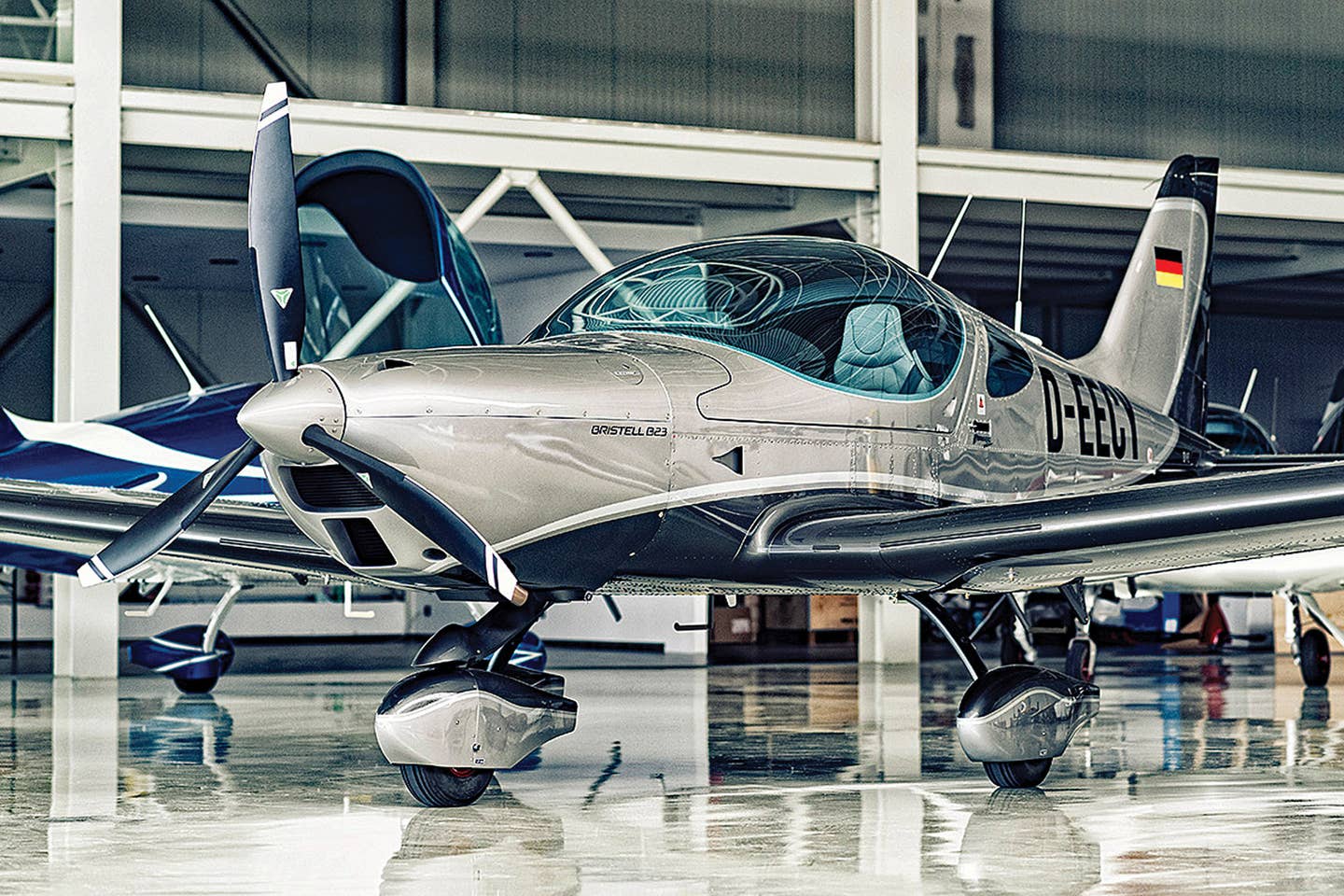Twin Cessnas
Cessna Aircraft, meanwhile, was no stranger to light twins, having built thousands of wood-and-steel T-50 utility twins mostly for the war effort, from 1939 to 1944. Visionary Cessna president Dwane…
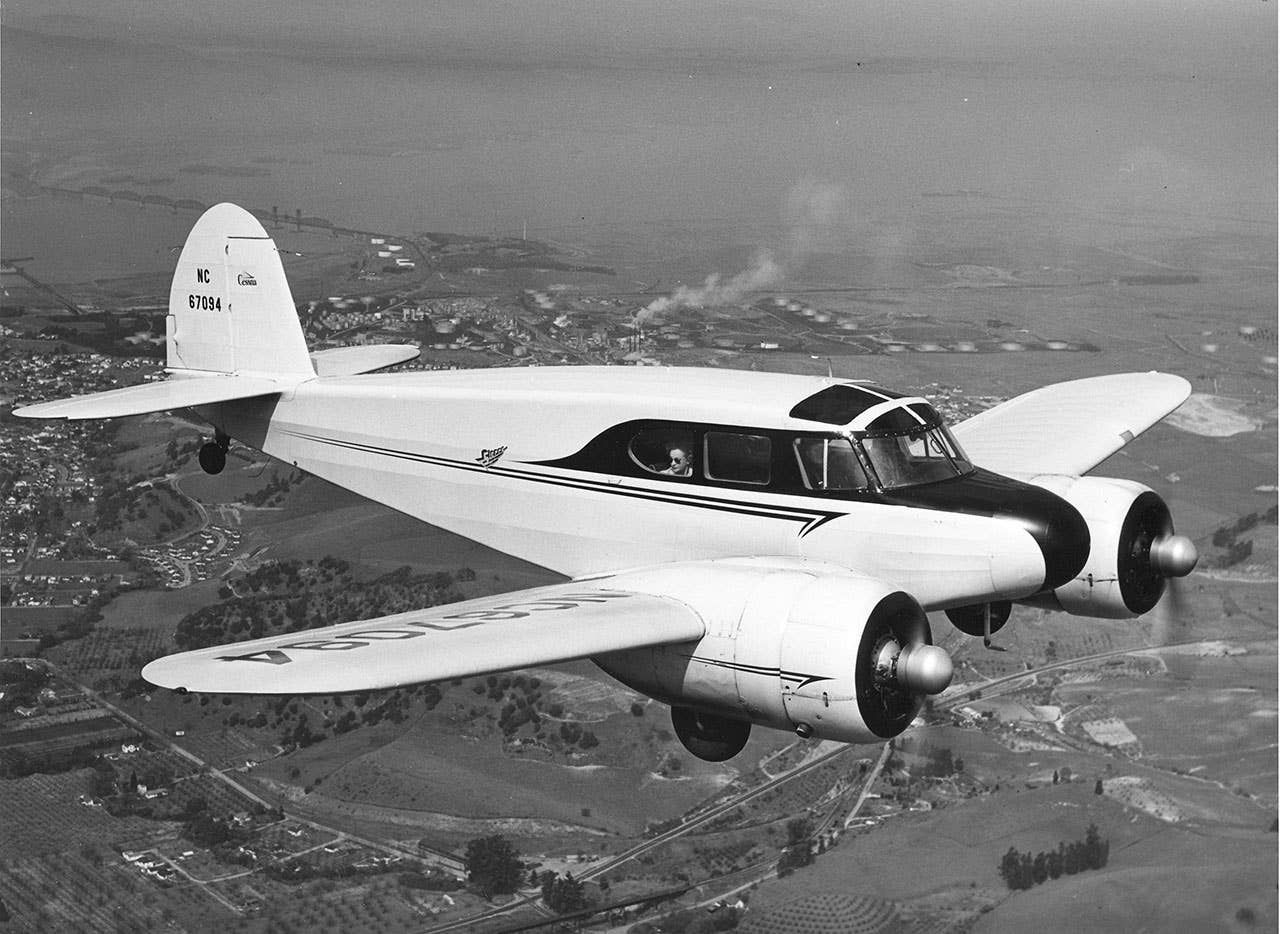
An early (but hardly the earliest) attempt to create a light twin, the Cessna Bobcat instead became a military training mainstay. Photo by Bill Larkins (CC BY-SA 2.0) via Wikimedia Commons
Cessna Aircraft, meanwhile, was no stranger to light twins, having built thousands of wood-and-steel T-50 utility twins mostly for the war effort, from 1939 to 1944. Visionary Cessna president Dwane Wallace no doubt knew Bill Piper's company was developing a light twin for the business pilot, so he leapt to the fore with the radical-for-its-time Cessna 310, introduced in 1954. Wallace didn't like having fuel tanks near the cabin, thus his 310 featured wingtip tanks, adding an end-plate effect to the short wings. The tall, completely enclosed landing gear folded away electrically, and the compact engine nacelles featured jet-like overwing exhaust afterbodies. DC-3-style split flaps added necessary drag for landing.
Unsullied in design influence by Cessna's high-wing singles, the 310's cockpit was wide, the pilot's station reached by slipping between the seats, as with the T-50. The throttle and trim quadrant were at knee height, fuel selectors were recessed on the floor, and instruments and radios were accommodated across the broad dash. Seating was for three in back, two in front, with baggage in the tail.
Pursuing Wallace's canny marketing strategies, the Cessna 310 continually evolved from its basic 1954 design in small and large ways. Power advanced from 240 carbureted horsepower to 260 fuel-injected ponies, eventually to 285 hp per side, with optional turbocharging. Fuel tankage was augmented by auxiliary in-wing cells, the tip tanks and vertical tail were slanted, the nose was enlarged, and storage lockers were added behind the engine nacelles, which had gone to underwing exhausts. Everyâyear, Cessna added something to the 310 to entice buyers to trade up to a newer model.
The 310 begat prodigiously, beginning with the 1962 turbocharged 320, followed by the 1965 cabin-class 411, the 1967 eight-seat 401/402, the 1968 pressurized Cessna 421, the 1970 414 and the 1972 340, all tracing back to their 1954 progenitor. After the 1981 model year, Cessna replaced the old 310 with a promising, modernized T303 Crusader, produced for only three years; it was a very well-mannered light twin that really "coulda been a contendah" in better times.
When it comes to the best choice of short-nose Cessna 310s, I like the 1970-'71 310Q, with a straight-up nosegear for easier taxiing control and 200 pounds more gross weight than the 310P. The long-nose 310R, introduced in 1975, has more utility but not the ramp appeal. One has to learn to manage the fuel systems of the tip-tanked Cessna twins, but there are otherwise few shortcomings. Only the early "tuna tank" models had any noticeable (but minor) issues with roll-control feel.
We'd be remiss without mention of Cessna's outlier Skymaster light twin, often derided as the "Mixmaster" or "Skysmasher." In concept, it brilliantly eliminated all the objections posed by wing-mounted engines; by placing the two engines in line, on both ends of the fuselage, there could be no engine-out loss of control from asymmetric thrust or tardy decisions by a slow-acting pilot. That Cessna could pull it off and keep production going for 17 years is a testimony to tenacity.
Skymasters were and are as easy to fly as a heavy single, albeit they only sluggishly maintain altitude on one engine, particularly if the more effective rear engine is lost. And they look rakishly nice in flight, like a P-38 fighter plane, once the gear is up. But keeping the engines fore-and-aft meant all their noise and vibration was transmitted to the cabin, and the high-revving IO-360 210-hp Continentals carried their signature howl to ground observers. Maintenance access was crowded in the allotted space, and the twin-boom configuration caused some annoying "boom shake." The crowded six seats had to be accessed from only a single door up front, rendering the Skymaster basically a four-place airplane if any baggage was carried.
Still and all, if the Skymaster's quirks are understood and accommodated, it's a credible performer, even available in turbocharged and pressurized versions. That said, it's still a twin and will require considerable expenditure of funds to keep in the air. Avoid the many add-on mods for Skymasters, which only add to the plane's complexity.

Subscribe to Our Newsletter
Get the latest Plane & Pilot Magazine stories delivered directly to your inbox

